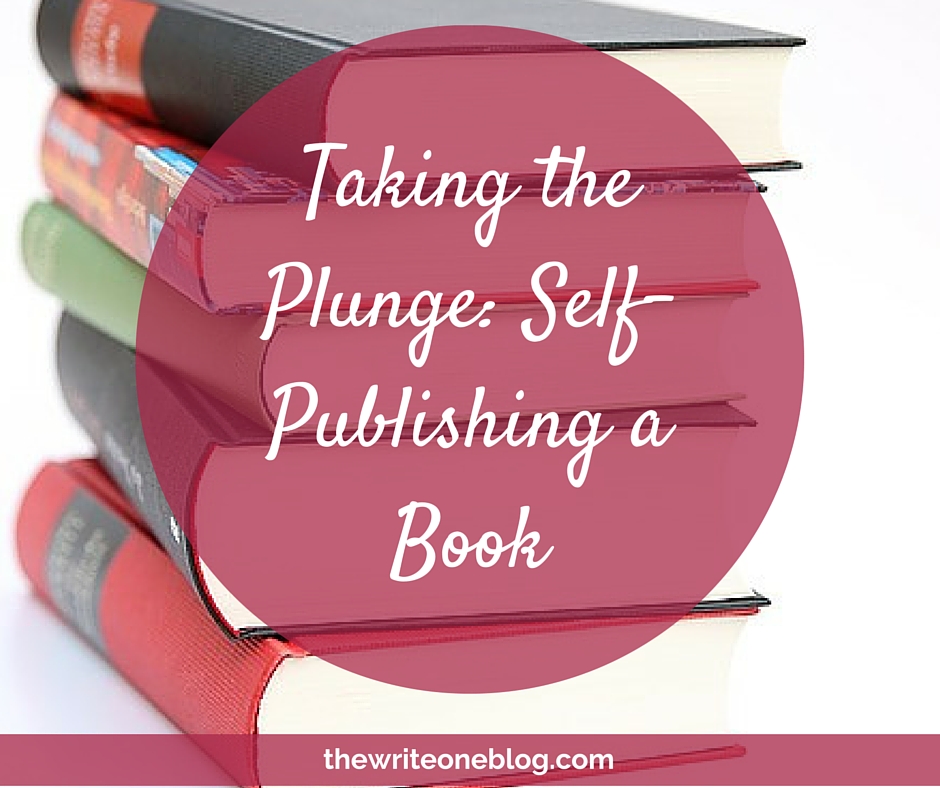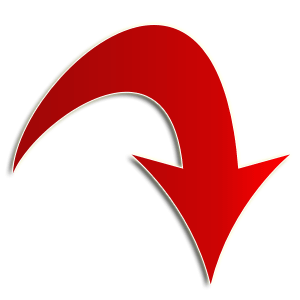Congratulations! If you’re here, then that means you’ve either made the decision to become or are considering becoming a published author. It’s an important moment in a writer’s career, and you should take pride in the endeavor you’re about to undertake.
Now that you’re here, however, I’m sure you have even more questions than you did before you started writing! The world of publishing can be overwhelming, and self-publishing is certainly no exception. In recent years, more and more authors have decided that self-publishing a book is the best way for them to both share their writing and successfully make a profit. And for good reason! Self-publishing often allows authors more authority, autonomy, and pay than more traditional publishing venues. As the saying goes, “If you want something done well, do it yourself.” There are a few things you should know before diving in, though. While it may seem like an obvious choice, the world of self-publishing still requires careful navigation.
Self-Publishing a Book: Where to Start?
Stop! Before you go any further, there’s something very important you need to do, and that’s to determine your budget. The path before you will be set with many important decisions that need to be made in regards to publishing your book. Those decisions are often going to be made based on how much money you are willing to spend and how you want to allocate it. So before you begin your research, make a list of the requirements of self-publishing a book. These will most likely fall into three main categories: formatting, cover design, and editing. Next, decide what percentage of your budget should be allocated to each area. Cover design should be your top priority – this is the face that your book will be presenting to the world – however, the ultimate decision is yours. You’re self-publishing a book, after all, so you have the freedom to make your own choices.
Now that you have that settled, you can begin searching for self-publishing companies and distributors. Each one will be different, so you have to find the one that is best suited to your own goals in regards to cost, services provided, and your preferred level of involvement. Most companies will provide you with the basic tools to get started (usually some basic file-converting programs) and then have a variety of packages and services that you can add on for an additional fee.
First you’ll want to get a basic idea of what they charge for self-publishing a book. Some companies, for example, will have no upfront fees whatsoever, but at the cost of a percentage of your book’s sales. Others will charge overhead, but allow you to keep what your book earns. It’s here that you’ll notice a key distinction in their services and where marks the first major fork of your self-publishing journey.
The First Fork in the Road: E-book or Print?
The first major decision you’ll make on this road will determine the format of your published book. You have two options: print (a physical copy) or e-book (an electronic version). Each has its major advantages and disadvantages.
E-books: The advantages of the e-book market make it an attractive option. You have little to no upfront cost, full rights to your published material, and greater royalties (Amazon’s own e-book distributor, Kindle Direct Publishing, offers up to 70% takeaway). However, you’re also subjecting your book to a lower price (often in the $0.99-$2.99 range).
Print: Whether you’re publishing traditionally or self-publishing a book, it’s hard to ignore the temptation of being able to hold your own book in your hands. For some, there can be enough driving force behind this desire that they make up their mind on this alone. If you’re self-publishing, there are many print-on-demand services that can help you fulfill this fantasy. They will also handle a portion of the responsibilities of producing and distributing your book once it’s printed. But most importantly, having a physical copy of your book gives you even more avenues to promote, promote, promote! If you plan on attending signings, conferences, or other events, a print copy of your book can be the most useful tool in your marketing arsenal.
The downsides are strict formatting (in order to fit the printer’s standards), a higher list price (which could alienate potential buyers), and a greatly reduced outreach when compared to the web. Finding a retailer can also be difficult, as many bookstores are reluctant to stock self-published books.
If you can’t decide which route is best for you, then never fear! In this instance, you can actually have your cake and eat it, too. Many authors nowadays choose to publish both electronically and in print to have both the reach and the prestige that these venues offer.
Preparing Your Book for Publishing
Once you have your budget and venue decided, you’re ready to dig into the real meat and bones of self-publishing a book! Again, there are three main areas that you’ll want to work on: formatting, cover design, and editing.
Formatting: For an e-book, this is mainly converting your document files to a compatible format such as EPUB or MOBI. This is easy to do yourself if you have the right software, but for those who aren’t tech-savvy, many self-publishing companies offer free tutorials. For print, you’ll need to convert your files to PDF and arrange the pages the way they would appear in the book.
Cover design: Arguably the most important step of self-publishing a book and the best chance to boost your sales. A good cover can ward off the stigma of self-publishing and reassure your reader that equivalent effort and professional quality lie within its pages. Readers are most likely to scrutinize the cover of a book when considering their purchase, so you want to make sure you are putting out the best cover possible. Also keep in mind how a thumbnail of your cover would look. Before you even begin to coax your buyer into a sale, you need to entice them to your book’s web page. If your book’s cover stands out even at a thumbnail size, you’ll already have a great start.
Editing: The kind of editing you choose depends on your personal needs and preferences. There are two kinds – developmental, which focuses on the bricks of your story (the plot, characters, development, and so on), and copyediting, which looks for errors in grammar, spelling, and style.
In your research, you’ll probably notice that many companies offer their own in-house services for these tasks. You can opt to choose from their packages or hire your own freelancers to get the job done. You can also just do it yourself, if you’re so inclined, but I highly recommend hiring professionals so your book can start with its best foot forward!
On Your Way to Self-Publishing a Book: Where to Next?
At this point, you’ve purchased your self-publishing services according to your choices and budget, prepared your book for e-publication, print, or both, and now that book is ready to leave the nest! While you may be ready to hit send, there are a few bases left to cover. Most important of these is obtaining a proof of your book before it hits the presses. If you choose to publish exclusively in e-format, you don’t have to worry about this as much because you can make changes at any time and update your novel accordingly. In print, however, making changes can wind up costing you more money, so you want a proof first to make sure you’ve dotted your i’s and crossed your t’s. Once you’ve finalized your changes, now you can make the final file conversions and upload your best copy.
And that’s it! You’ve done it! You’ve successfully navigated your way through the murky waters of self-publishing a book. It can be tricky, but with time you’ll come to understand what works best for you and your book. If you have any more questions about the self-publishing process, please contact me at my website Write One Publications to learn more about the services I provide for aspiring authors such as yourself. I wish you the best of luck on your journey!
NEXT: Traditional Publishing vs Self Publishing: A Method To Help You Choose!




0 Comments